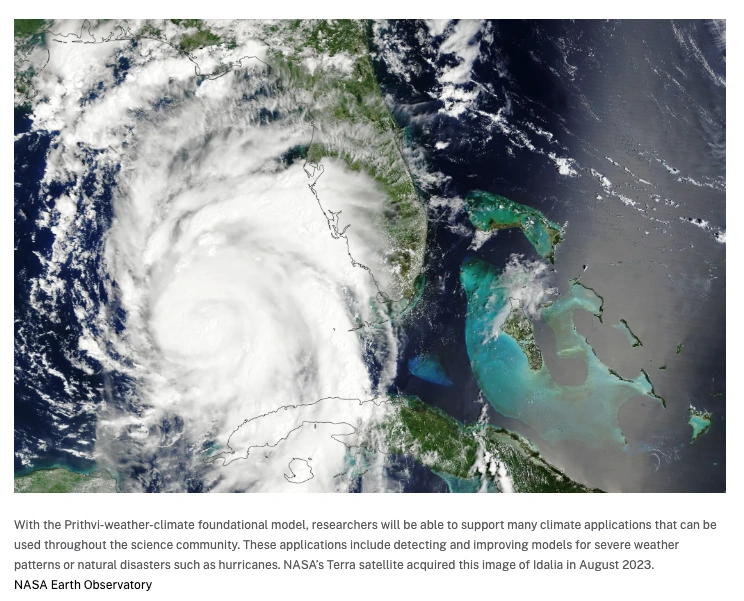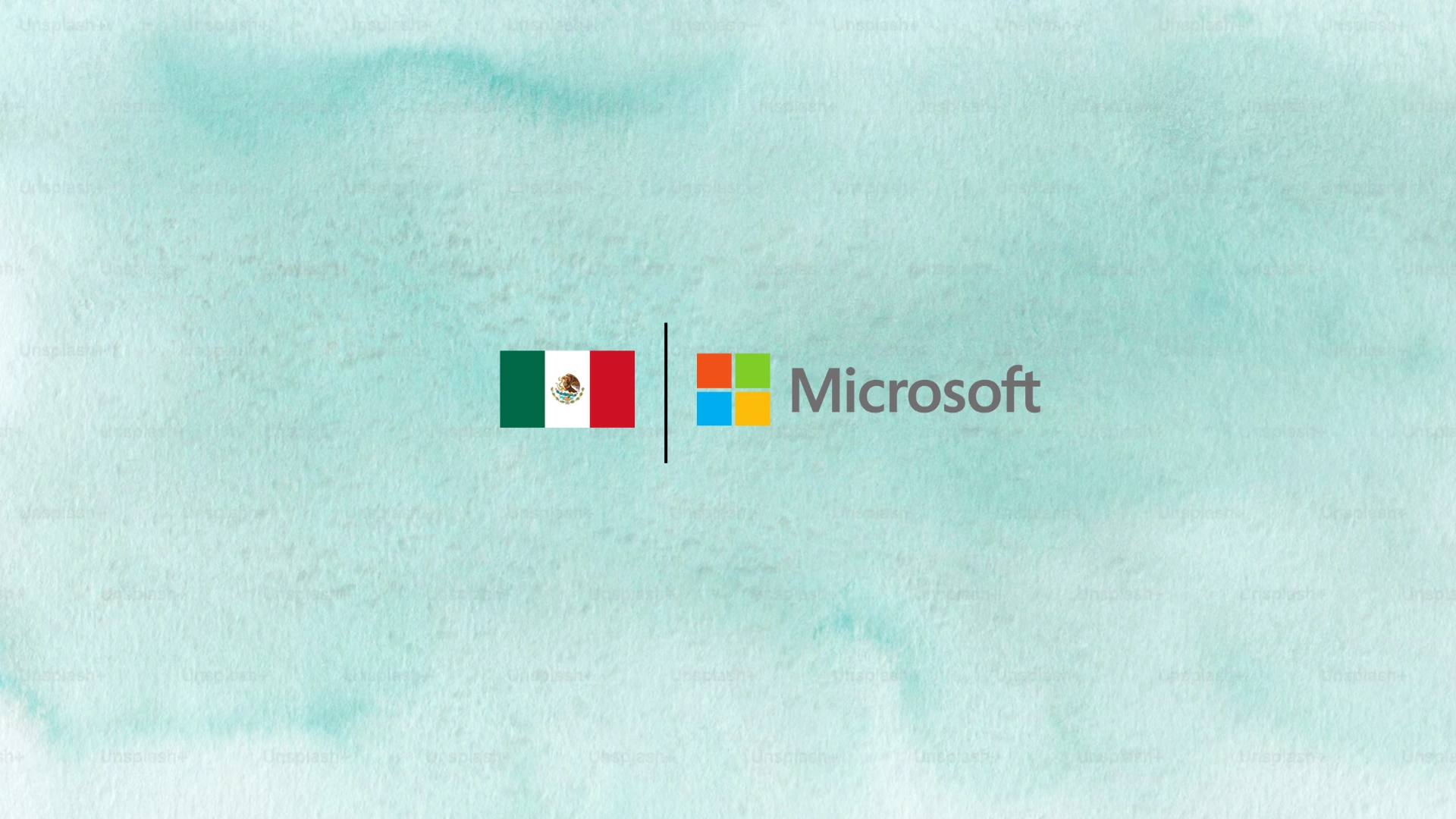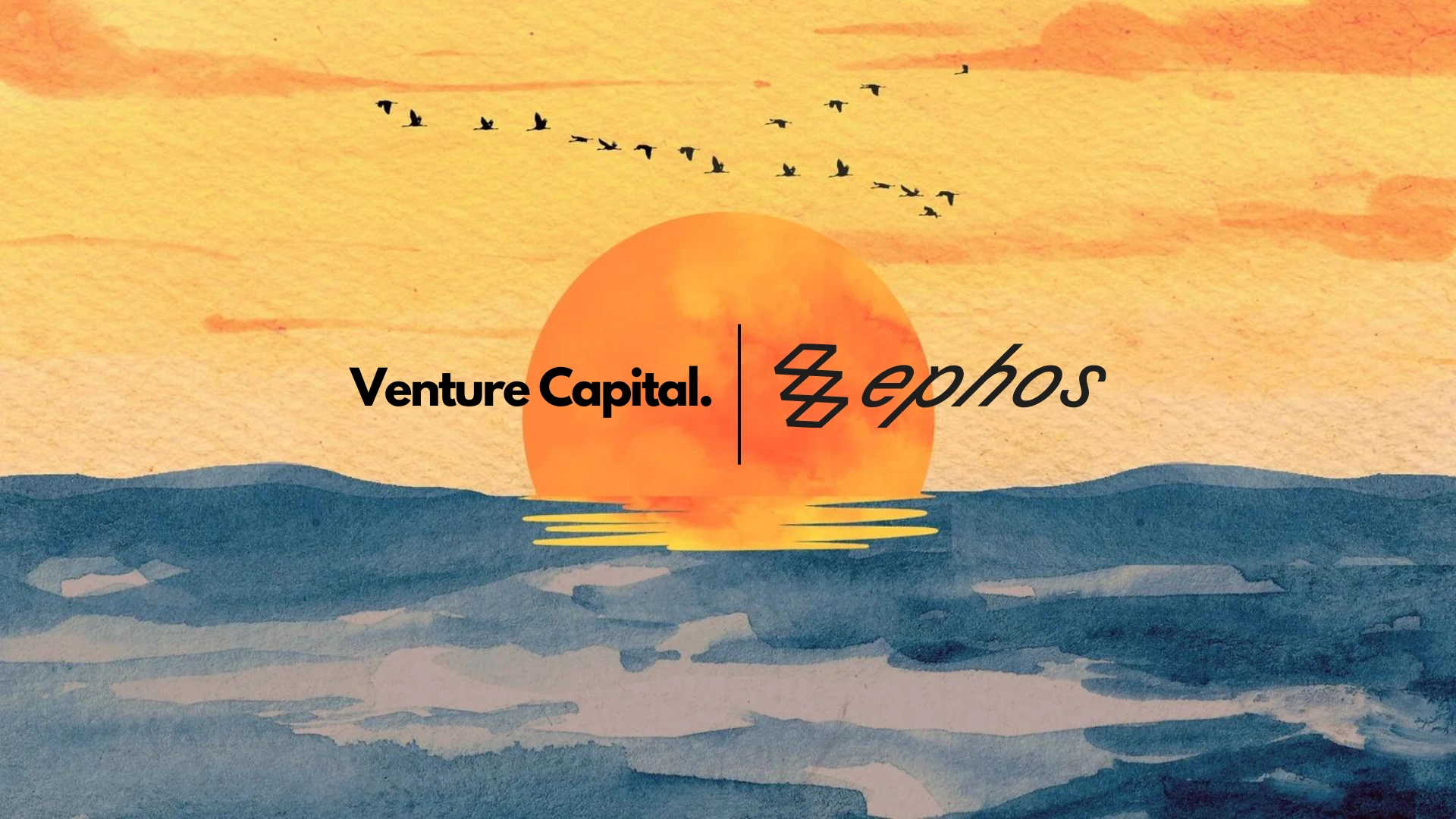IBM
NASA
Prithvi

IBM
NASA
Prithvi
Have you ever wondered how meteorologists predict the weather? Or how scientists understand the changing climate? They use computers to analyze massive amounts of data, but sometimes, those computers need a little extra help. That's where AI, or Artificial Intelligence, comes in.
Imagine a computer that can learn and think like a human, but much faster and with way more data. That's what AI is all about. And now, IBM and NASA have teamed up to create one of the most powerful AI models for understanding our planet: Prithvi.
The @NASA and IBM open-source Prithvi Weather-Climate AI foundation model has been released! The new model can be used to detect and predict severe weather patterns, create targeted forecasts, and improve spatial resolution on global climate simulations.https://t.co/ZG2BRV50p4 pic.twitter.com/MQd8rMpGap
— NASAEarthdata (@NASAEarthData) September 23, 2024
Prithvi, which means "Earth" in Sanskrit, is a special type of AI model called a foundation model. It's like a super smart brain that can be trained to do many different things. Think of it like learning to ride a bike, once you know how, you can ride all kinds of bikes, right? Prithvi can be trained to do lots of different tasks related to the weather and climate.
Unlike most AI models for weather, Prithvi doesn't just predict the weather in the short-term. It can also be used to study long-term climate changes, like how our planet is warming over time. It's like having a powerful microscope that can zoom in on tiny details of the weather and climate, helping scientists see things they couldn't see before.
| Feature | Description |
|---|---|
| Model Name | Prithvi |
| Developed By | IBM and NASA, in collaboration with Oak Ridge National Laboratory |
| Purpose | Open-source AI foundation model for a wide range of weather and climate applications |
| Pre-training Data | 40 years of Earth observation data from NASA's MERRA-2 dataset |
| Architecture | Allows adaptation to global, regional, and local scales |
| Specialized Versions | 1. Downscaling model: Increases resolution of weather and climate data up to 12 times 2. Gravity wave parameterization model: Helps understand atmospheric gravity waves and their effects on processes like cloud formation |
| Fine-tuning Efficiency | Can accurately reconstruct global surface temperatures using only 5% of the original data |
| Applications | - Detecting and predicting severe weather patterns - Creating targeted forecasts based on localized observations - Improving spatial resolution on global climate simulations - Improving representation of physical processes in weather and climate models |
| Accessibility | Available on Hugging Face, an open-source platform, for the global scientific community |
| Collaborations | - IBM Research and NASA partnership to leverage AI for understanding Earth's geophysical processes - IBM partnering with Environment and Climate Change Canada to test Prithvi's capabilities in precipitation nowcasting and high-resolution climate modeling |
LINK TO Model: ibm-nasa-geospatial/Prithvi-100M
Prithvi is extra special because it can:

How does Prithvi learn?
Prithvi has been trained on 40 years of data from NASA's MERRA-2 dataset, which is like a giant library of information about the Earth's atmosphere. Think of it like Prithvi reading all the books in the library to learn everything about the weather and climate.
Why is Prithvi so important?
As our climate changes, it's more important than ever to understand how the weather works. Prithvi can help us:
Prithvi is like a superpower for weather and climate research. By making it available to everyone, IBM and NASA are giving scientists all over the world the tools they need to understand our planet better. This will help us all prepare for the challenges of climate change and create a more sustainable future.
IBM and NASA, in collaboration with Oak Ridge National Laboratory, have released Prithvi, an open-source AI foundation model designed for a wide range of weather and climate applications. Key details about Prithvi:
Prithvi aims to accelerate research and improve understanding of complex weather and climate systems, providing powerful tools to enhance climate resilience and improve weather forecasting accuracy.
SHARE


news
21st October 2024





news
30th September 2024



